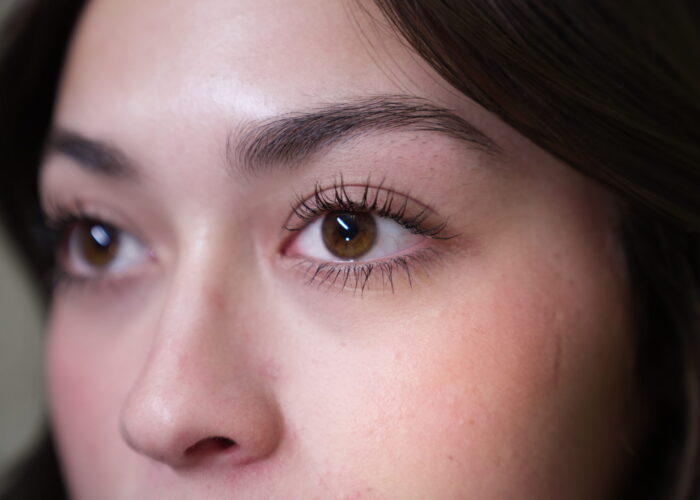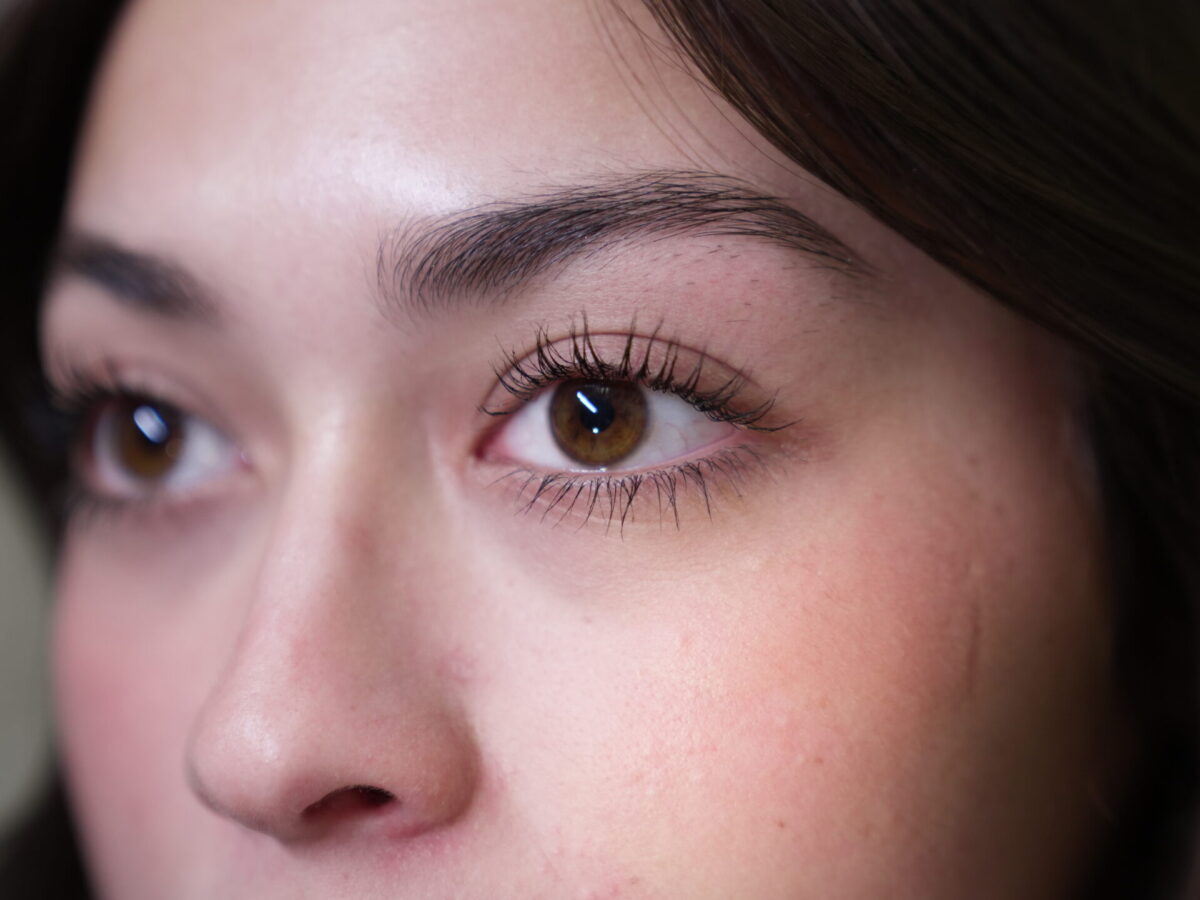Understanding Strabismus
Strabismus, often referred to as a misaligned eye, occurs when the eyes don’t align properly while focusing on an object. This condition can lead to issues with visual acuity and depth perception, significantly impacting daily life. It’s crucial to understand how individuals develop strabismus to seek timely and effective care, especially since this condition can affect people at various life stages, though it’s most commonly identified in children.
The Impact of Strabismus on Daily Life
Living with this eye condition can challenge more than just vision. Early detection and intervention are essential, particularly in children, to prevent further visual development issues and enhance overall quality of life. Adults experiencing this condition might encounter misconceptions and social stigma, influencing their personal and professional relationships.
Types and Symptoms of Strabismus
Various forms of this eye condition present unique challenges:- Esotropia and Exotropia: These terms refer to the inward and outward turning of the eyes, respectively. Outward exotropia is when the eyes point away from each other, noticeable during specific activities or when fatigued.
- Hypertropia and Hypotropia: These conditions involve one eye turning upward or downward.
- Accommodative Esotropia: This type, often seen in children, involves inward turning of the eyes, usually related to focusing efforts.
Symptoms like double vision, eye strain, and headaches necessitate a thorough eye exam to diagnose the condition accurately and commence appropriate treatment.
Advanced Diagnostic and Treatment Options
Diagnosing Strabismus
At Buena Vista Eye Care, diagnosing this condition begins with a comprehensive eye exam. Our eye doctors employ various tests to assess visual acuity, eye alignment, and coordination, crucial for developing an effective treatment plan.
Innovative Treatment Approaches



